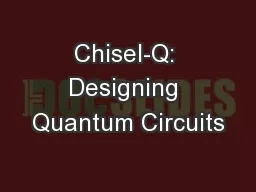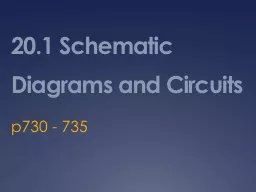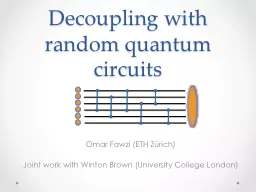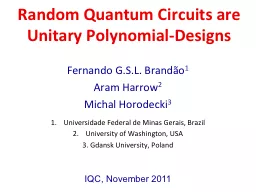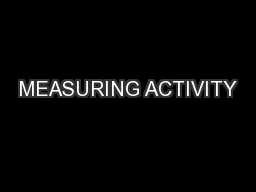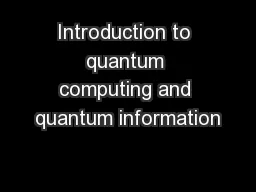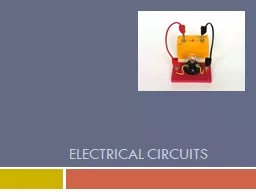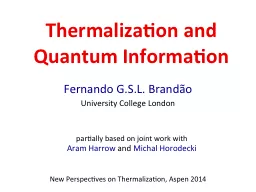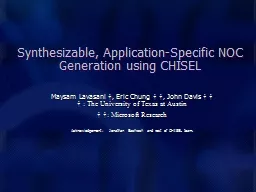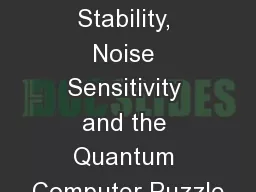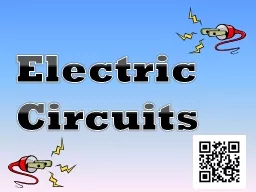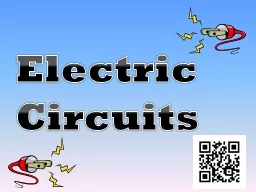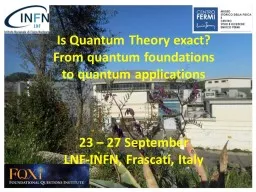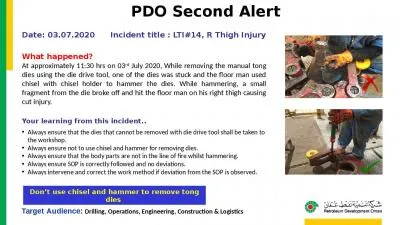PPT-Chisel-Q: Designing Quantum Circuits
Author : pasty-toler | Published Date : 2018-10-27
with a Scala Embedded Language Xiao Liu and John Kubiatowicz Computer Science Division University of California Berkeley Email xliu kubitron eecsberkeleyedu
Presentation Embed Code
Download Presentation
Download Presentation The PPT/PDF document "Chisel-Q: Designing Quantum Circuits" is the property of its rightful owner. Permission is granted to download and print the materials on this website for personal, non-commercial use only, and to display it on your personal computer provided you do not modify the materials and that you retain all copyright notices contained in the materials. By downloading content from our website, you accept the terms of this agreement.
Chisel-Q: Designing Quantum Circuits: Transcript
Download Rules Of Document
"Chisel-Q: Designing Quantum Circuits"The content belongs to its owner. You may download and print it for personal use, without modification, and keep all copyright notices. By downloading, you agree to these terms.
Related Documents

